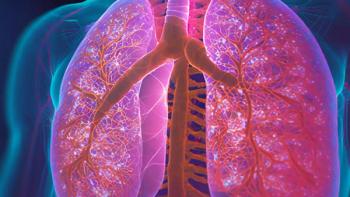
Strategies For Managing Pancreatic Cancer Pain
Pancreatic cancer is relatively uncommon. However, it is the third leading cause of cancer death in the U.S. This reflects that pancreatic cancer is often diagnosed at an advanced stage. When advanced disease is found, healthcare providers often focus on treating symptoms and delaying the spread of cancer, rather than curing it.
One of the most common symptoms of pancreatic cancer is mid-abdominal or back pain. This can be a severe, ongoing symptom. Unlike pain from other cancers, pancreatic pain can be severe even when the disease responds well to treatment. Over 90 percent of people with pancreatic cancer have pain that decreases their quality of life and survival. Survival outcomes may be lower because patients in pain often eat less, get less sleep, are limited in their ability to work and socialize, and are less tolerant of chemotherapy.
Managing pain is essential to the well-being of people living with pancreatic cancer, yet few studies have tested strategies to decrease pancreatic pain. The causes of pancreatic cancer pain are complex, which complicates pain management. Pain can be caused by pressure on nerves near the pancreas, damage to nerves by tumors and blocks of the pancreatic duct that carry enzymes to the intestines to help digest food. Approaches to pancreatic pain management include tumor-targeted therapies, medication, surgical treatments and integrative therapy. We discuss these approaches in more detail in our review.



